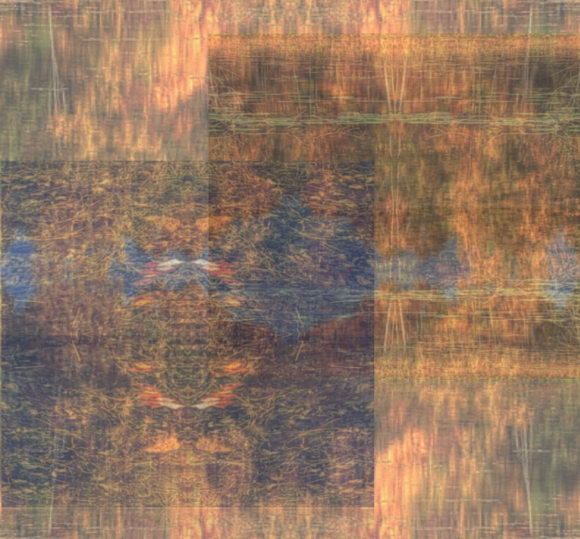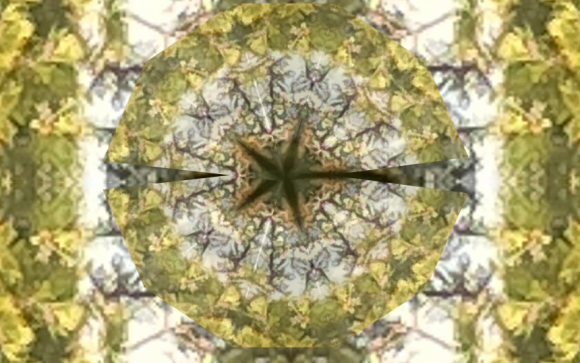[This post begins to work through a program outlined earlier.]
9. Now that we have sorted out these distinctions to some degree, let’s compare how Jung employs them in those passages which introduce the “progression” on the path of individuation.

I’m starting with a short, concise essay which Jung published precisely as an introduction to these themes: “Bewußtsein, Unbewußtes und Individuation” (GW IX/I, §§ 489-524). The text sets the context with a brief statement of the basic premise we have already discussed: that psychology must include unconscious elements in its notions and theories (§ 489). That takes care of two of the three terms in its title (consciousness and the unconscious); the third (individuation) is then introduced by way of a couple of definitions and by posing a focal question.
The two definitions are that of a psychological “individual” and that of the “individuation process”. So first, the idea of a psychological individual, according to Jung, is that of “a separate, indivisible unit, a whole” (“eine gesonderte, unteilbare Einheit, ein Ganzes”; § 490). The individuation process is defined as the process which creates (“erzeugt”) such a whole (ibd.).
From this, it is immediately clear that a psychological individual cannot simply be a human being, just as such. The property of being an individual seems to be an emerging attribute of a person, the result of a process which (we have to assume) requires some participation from that individual, and which (we should also presume) might equally fail or not even get started. In other words, what Jung’s definitions imply is that a person either starts out (at the beginning of their life) not being an individual and only gaining that characteristic by going through the individuation process, or else that the person (“naturally”, we might say) begins as an individual but can lose that characteristic (e.g. by developing a neurosis), at which point they can only regain it, again, by going through the individuation process.
Already this preliminary fleshing-out of Jung’s definitions demonstrates that we’re not dealing here simply with a plausible or common-sensical set of notions. Jung doesn’t just state a widely shared or accepted understanding in these definitions. (So it’s not an assumption, in the terms of our earlier classification.) It’s a little less clear whether he thinks that his notion of the “whole” of an individual is a shared premise within his tradition. He introduces it without explicitly making that connection. (Instead, he alludes in a footnote to modern physics, in particular quantum theory, much in line with the fashionable metaphorical strategies of his time.) However, only a few paragraphs later he contrasts his ideas with those of others, including Freud and Adler, which suggests that he takes himself as addressing at least roughly the same questions as them.
Apart from the definitions, Jung also poses the focal question of the essay: if an individual is a “whole”, then what does this whole comprise — what are its parts, aspects, or moments (and what, in contrast, would be outside that whole, which, as we recall, is also “separate”, or gesondert, cf. § 490)? Then, immediately after stating the focal question in this way, Jung proceeds in his essay by arguing that the whole must comprise some more than what was traditionally supposed to belong to it. In particular, Jung argues against two hypotheses, each of which he thinks is insufficient.
The first is a “general assumption” (allgemeine Annahme, § 490) that a psychological individual is identical to consciousness (“daß das Bewußtsein dem Ganzen des psychologischen Individuums gleichkomme”; ibd., Jung’s emphasis). This would mean that an individual consists of exactly those psychological phenomena they are aware of, no more and no less. (At GW IX/II, § 11, he calls this, even more strongly, a prejudice: “das Vorurteil, das Ich sei das Zentrum der Persönlichkeit, oder das Bewußtseinsfeld sei die Psyche überhaupt”.) Jung rehearses a number of considerations against this hypothesis through §§ 490 and 491.
After a short digression (in the first half of § 492) into the question whether the unconscious might have a center (in analogy to the “I” as center of the field of consciousness), Jung then argues against a second hypothesis, this time one held within his own tradition. That is the idea that a psychological individual (a “whole”) comprises, in addition to conscious contents, also unconscious psychological phenomena — where the latter are understood, however, as themselves derived from consciousness, and merely weakened (Janet) or suppressed (Freud). In this case one might hold that “das Unbewußte aus nichts anderem besteht als aus Inhalten, die zufällig der Bewußtheit entbehren, sich sonst aber keineswegs von bewußtem Material unterscheiden” (§ 493). Jung’s argument against this second hypothesis runs through §§ 492-495 and then digresses into various sidelines, before in § 503 it returns once more to the focal question.
There (at § 503), Jung states the two intermediate conclusions he has reached thus far: first, the totality of the psyche cannot be exhausted by consciousness, but must include both conscious and unconscious contents; and secondly, the totality thus conceived of, if it has a structural center which still allows us to speak of the psychological individual as a “whole”, then that center cannot be congruent with the center of the conscious personality (the “I”).
das Unbewußte [kann] nicht eine ausschließlich chaotische Anhäufung von Instinkten und Bildern sein […] Etwas muß es wohl zusammenhalten und dem Ganzen Ausdruck geben. Sein Zentrum allerdings kann nicht das Ich sein […] (GW IX/I, § 503)
There are still some question marks on precisely how Jung has reached these conclusions, especially the latter one. The most prominent objection, of course, would be that Jung hasn’t even motivated why the “whole” of an individual should have a “center” at all. He simply asks whether there might be one, and then mostly argues that the “I” of consciousness couldn’t be it. So why suppose there must be such a center in the first place? Why shouldn’t we simply think of the whole of a psyche as a compound of a centered (conscious) element surrounded by unstructured or uncentered (unconscious) components?
Thus here we have arrived at an idea of Jung’s which neither is nor follows from an assumption or an explicitly held premise, but rather seems to be a presupposition. Just as received opinion has it, Jung wants to continue to hold that a psychological individual is a “whole”, which must have a structural principle that “holds it together” and “expresses the whole” (as in the quote above). But in contrast to that received opinion, Jung can no longer accept consciousness (and its center) as that structural principle, in consequence of the basic premise (the existence of unconscious contents). Yet he continues to implicitly hold on to the notion of such a principle (that is the presupposition), and now faces the difficulty of spelling it out in a way that is compatible with both the idea of a field of consciousness and the observed effects of unconscious episodes — thus the focal question.




[…] my last post, I reviewed Jung’s definitions of a psychological “individual” and the process which creates […]
[…] that is, of the argument of the individuation essay, GW IX/I, §§ 489-524, in my last three posts: here, here, and here), and explore some of its corollaries and […]
[…] is an interesting corollary to the argument of the individuation essay, as I have reconstructed it in my recent postings. That argument was, roughly, that a psychological individual had to be (by […]